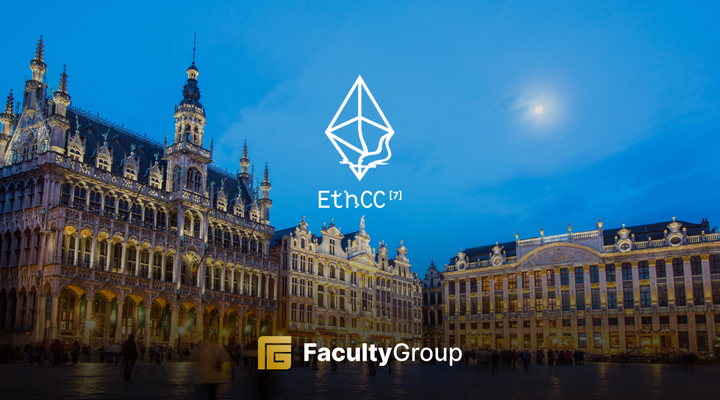Zk rollups - Are we there yet?

Will this technology deliver the proverbial scalability and volume transactional throughput necessary for large-scale validation on EVM? Why is it so hard to create scalability and security using zk rollups? Let’s look at the technology behind this, the pros and cons and why many investors are targetting zk rollups for investment this year.
Zero-Knowledge = Privacy
Validity proofs allow parties to prove the correctness of a statement without revealing the statement itself—hence, they are also called zero-knowledge proofs. Zero-Knowledge proofs have been heralded as the breakthrough technology which will enable large-scale (VISA-level) transactional volume and reduce transaction fees. These proofs can be used for identity protection, anonymous payment, authentication and verifiable computation.
These proofs most often take the form of ZK-SNARK (Zero-Knowledge Succinct Non-Interactive Argument of Knowledge) or ZK-STARK (Zero-Knowledge Scalable Transparent Argument of Knowledge). ZK-SNARKs are popular for their small proof sizes and constant-time verification, while ZK-STARKS rely on publicly verifiable randomness to set up parameters for generating and verifying proofs.
What are Zk-rollups?
There are many holy grails in pursuing blockchain perfection: scalability, composability and immutability. While Ethereum has delivered on composability and immutability, it has yet to solve the scalability dilemma. Although we have realised there is no scarcity of blockspace across Layer1 networks throughout 2022; there are still problems with transactional scalability and volume, especially regarding throughput. Enter the Layer-2 scalability solutions known as Zk rollups.
Zk rollups bundle transactions into batches which are executed off-chain. Off-chain computation reduces the amount of data that has to be posted to the blockchain and keeps transactional data private off-chain. Instead, operators submit a summary of the changes required to represent all the transactions in a batch rather than sending each transaction individually.
They also produce a validity proof that proves the correctness of their changes. The validity proof demonstrates with cryptographic certainty that the proposed changes result from executing all batch transactions. In this way, EVM can validate that the transaction is correct without revealing the contents of the transactions on-chain, just the results.
Zk rollup projects like zkSync and Loopring lower the entry barrier to the network and help decentralised applications scale faster. This benefits the network in several ways. Firstly, zk rollups use compression techniques to reduce transaction data, saving blockspace and gas fees. Secondly, zk rollups allow for better transactional privacy while resisting censorship and enabling transparency. By using Ethereum as the settlement layer, zk rollups reduce the data storage requirements for settlement and enable transactional privacy to be maintained.
As the Ethereum network grows, the need for greater transaction speed and transactional privacy will only increase. Here are five projects building Layer 2 scaling solutions using zk roll-up technology:
- ZkSync is a trustless protocol for scalable, low-cost payments on Ethereum launched in 2020 by Matter Labs, aims to achieve a ‘VISA-like’ throughput of thousands of transactions per second.
- Immutable X offers instant transaction confirmation and near-zero gas fees for minting and trading NFTs.
- Loopring is a non-custodial, Layer 2 protocol that enables high efficiency and low trading costs on Ethereum.
- ZkSwap (part of zkSpace) is a brand-new trading protocol based on a zk rollup token swap mechanism. All ERC20 tokens are transmitted through Layer 2, and continually created proofs verify the constant state.
- Polygon Hermez 2.0 is a decentralised ZK Rollup working on a zero-knowledge Ethereum Virtual Machine (zkEVM) that executes Ethereum transactions transparently, including smart contracts with zk validations.
The number of projects using this technology in scaling demonstrates that zk rollups are here to stay. These trustless solutions are working towards solving Ethereum’s scalability problem. We are excited to see the Layer 2 infrastructure being built for the application layer to take shape. The Ethereum technology stack is coming, and Layer 2s are only the beginning.








